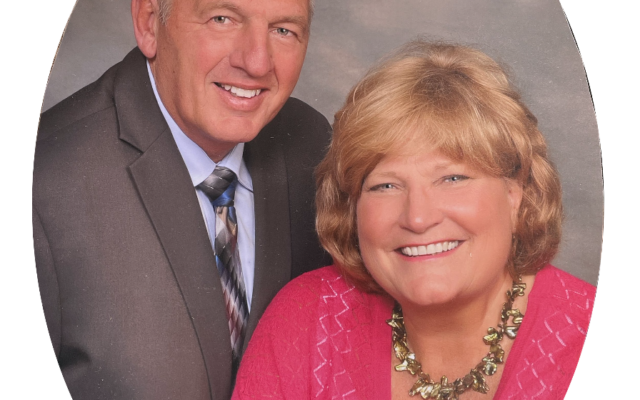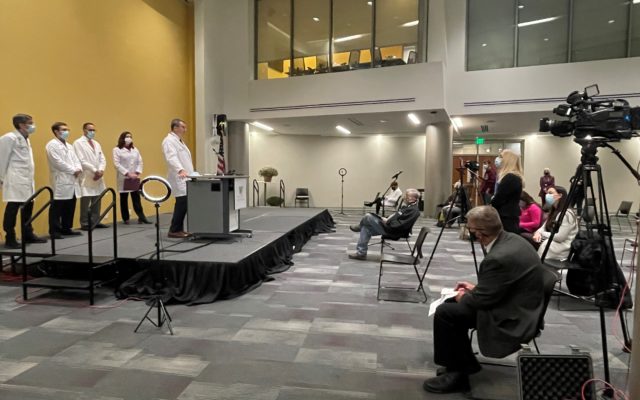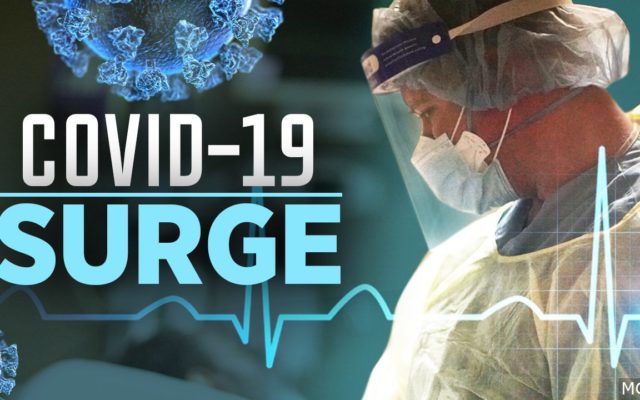
Celebrate a Century of Care. Get your tickets to the Oaklawn Centennial Gala & Benefit Auction.
"O" is for Ostomy-Information from Margaret Hurst, RN, BSN, WCON
March has been designated Colorectal Cancer Awareness Month and during that month one often finds articles that stress the importance of colon-screening exams. These exams often prevent colon cancer from forming because they can detect and remove pre-cancerous polyps that often take several years before turning cancerous. In cases where the cancer has begun to grow, a life-saving procedure may be performed on the cancer-infected organ resulting in a new surgically created opening in the body, called an ostomy.
The word ostomy or stoma is Greek for opening. When the opening involves the large bowel, or colon, the term colostomy is used. If the opening involves the small bowel, the term ileostomy is used. The ostomy allows stool to pass out of the body and be collected in a pouch or appliance on the abdomen. Fewer people are requiring a colostomy or ileostomy today than in the past due to advancements in surgical techniques. An ostomy may be temporary or permanent depending upon the patient’s condition. Urinary ostomies can also be performed for bladder cancer or other problems of the urinary tract and are termed urostomies.
Often a big concern for the patient affected by the ostomy is how to care for it afterwards. There may be physical concerns regarding care of the skin and stoma, psychological concerns about changes in body image and intimacy, social concerns about being able to return to work and public functions, and practical concerns about how and where to purchase supplies.
A wound ostomy and continence nurse (WOCN), also known as an enterostomal therapist (ET) nurse, is specially trained to assist patients throughout this difficult time. The best chances for success with an ostomy start with a visit to the WOCN prior to surgery. The nurse can provide educational resources, explain surgical procedures and mark a site on the abdomen for best placement of the ostomy by the surgeon. Patients benefit from this by having the best possible spot where they can see the opening, which is away from skin folds and scars. Having educational information before the surgery and a contact person who can answer questions that may come up is very comforting to someone who is anticipating this type of lifestyle adjustment.
After surgery a WOCN should see the patient in the hospital to continue education and select the best supplies to fit the patient’s individual needs. If there are any special circumstances or skin conditions that need to be treated, a plan can be started with the patient at that time. The WOCN is also responsible for ongoing education of the nursing staff so that the best care can be provided for the patient. Follow-up care in the home is another important part of the plan. Patients with a new ostomy should receive visits from a homecare nurse to complete the education and help assure that they can independently care for the ostomy.
On occasion, sometimes months or even years after surgery, a concern or issue related to the ostomy may call for a visit to a WOCN. Outpatient clinics that treat wounds often have a WOCN on staff that can see people for these needs.
When someone hears the news that they will have an ostomy, there can be fear, anxiety, and many questions. Ask your surgeon for assistance from a WOCN who is trained to care for ostomy patients before and after this life-altering surgery. Worldwide there are only about 4200 wound ostomy and continence nurses. Oaklawn Hospital has two board certified WOCNs who can provide these specialized skills. With a physician’s order, patients can be seen for a pre-op teaching visit in the hospital, as an outpatient, or even at home. If you’d like to learn more, call the Oaklawn Wound Center at (269) 789-4905.

